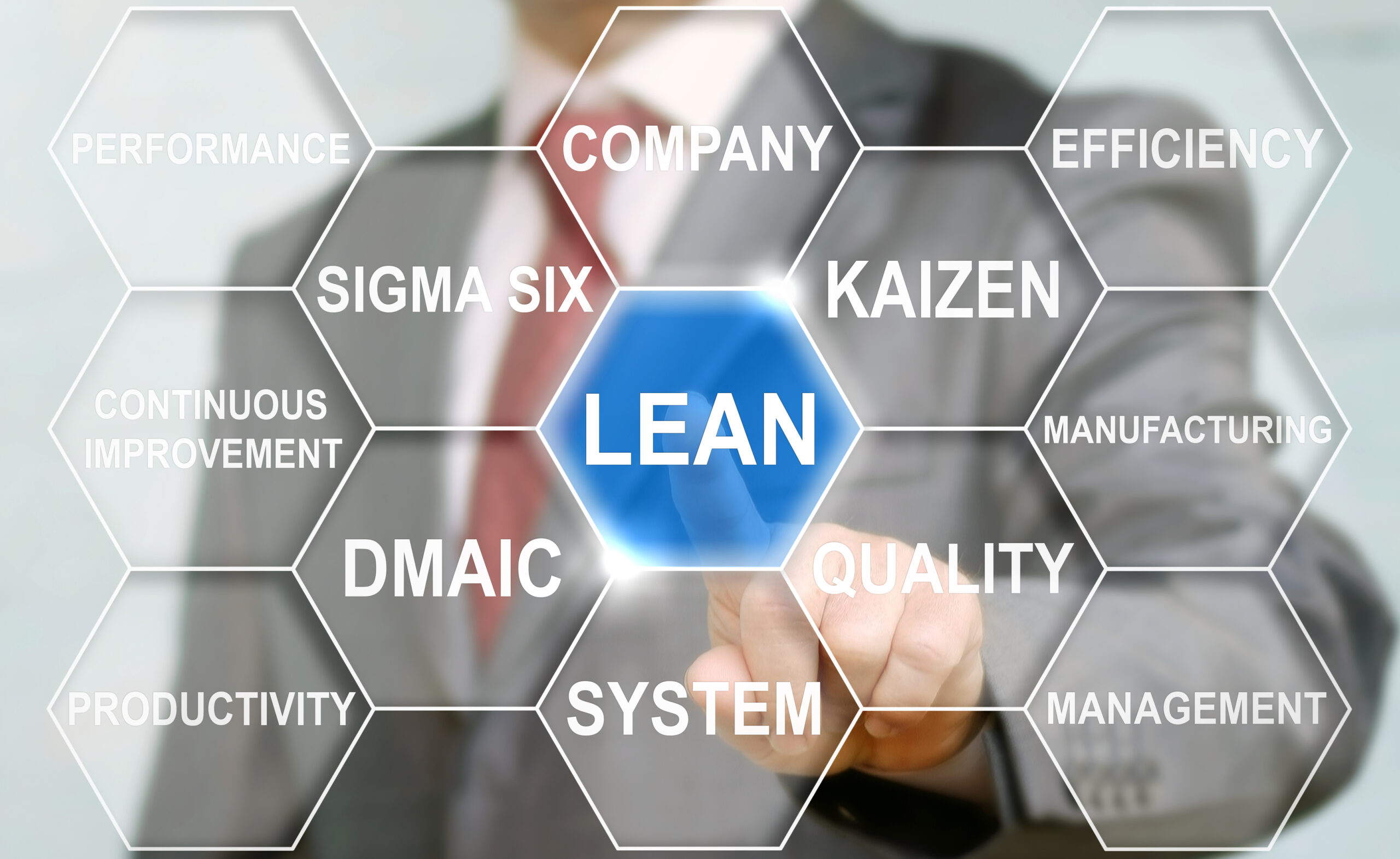Automation is the key to lean validation practices. Although many validation processes are still paper-based manual processes, there are best practices that support Independent Verification and Validation (IV&V) processes that drive efficiency and compliance.
BEST PRACTICE 1 – Establish Independence
The IEEE 1012 Standard For System, Software and Hardware Verification and Validation states that Independent Verification and Validation (IV&V) is defined by three parameters:
- Technical Independence – ensures independence from the development team. Technical independence is intended to provide a fresh point of view in the examination of software applications to help better detect subtle errors that may be overlooked by those that are too close to the solution such as the development or system implementation team.
- Managerial Independence – helps to ensure that an organization separate and distinct from the development or program management team. Managerial independence ensures that the validation team has the autonomy to independently select the validation methodology, processes, schedule, tasks, and testing strategy to independently confirm the suitability of applications for their intended use. Managerial independence also ensures that the IV&V team can objectively report all validation test results without any restrictions or approval from the development team or system integration team. This is a very important level of independence.
- Financial Independence – ensures that there are no financial ties between the IV&V team and development team to ensure objectivity. This level of independence is designed to prevent situations where financial ties may adversely influence or pressure IV&V personnel to deliver less than an objective, authentic test results.
The IEEE 1012 standard speaks of various forms of independence but the bottom line is that the IV&V team should be as independent as possible from the development team. It is not a good best practice for development teams to also validate their own development projects. Objectivity is sacrificed when this is done. Following this best practice ensures objective examination of your software projects free of bias and undue external influence from the development team.
BEST PRACTICE 2 – Continuous Testing In The Cloud
Cloud environments can be validated. However, there are several issues and characteristics of cloud environments that challenge traditional assumptions regarding validation efforts.
- Continuous changes in the cloud
- Inability to conduct supplier audits for large cloud vendors (Microsoft, Oracle, et al)
- Maintaining the Validated State
Cloud system environments continuously change. Validation engineers are not used to uncontrolled changes in system environments. We have been taught that all changes to a system environment once it has been validated must undergo change control. Thus all changes are subject to a change request process.
In cloud environments, we don’t control when changes are made to systems. Cloud vendors may change disk drives, virtual servers, apply patch updates, and memory and many other system changes that may affect your validated system environment. So the question becomes how do you maintain the validated state in the cloud? There are several best practices designed to answer this question. First of all, you need a way to determine what changes are made in the cloud. Take for example Microsoft office 365 or Microsoft dynamics 365. Microsoft has established what is known as a trust center. The Microsoft trust center is an excellent resource and it provides information about how Microsoft examines its cloud environment. The first consideration you should look at when selecting cloud technology is who your provider is. All cloud providers are not created equal. There are some cloud providers that take compliance, security, data integrity and governance seriously and those who are more general or consumer oriented in nature and do not prioritize these characteristics.
Microsoft, continuing the example, has achieved several key industry certifications for their cloud environment. But most importantly, through the trust center they have provided visibility and clear communications as to how they manage the cloud. From a testing perspective Microsoft solves one of the biggest problems you have in the cloud and that is the question of how do you know what changes were made in the cloud and when the cloud provider made them. Microsoft provides a list of updates byproduct application and tells you exactly what changes were made, the date that the changes were made and if the updates or patches were successfully applied in the environment. With the Microsoft cloud it’s no longer the case that you don’t know when Microsoft has changed the environment. Thanks to their transparency, you know exactly what changes are made to the environment which brings us to the best practice of continuous testing.
Since cloud environments change so often you should employ a strategy known as continuous testing. Continuous testing is essentially validation testing at predefined (user-defined) intervals to ensure that cloud environments are maintained in a validated state. To successfully employ a continuous testing strategy, automation is essential. This is not a process that you would want to carry out manually although it can be carried out manually if you so desire. Automation adds a dimension of efficiency and consistency in the environment.
To employ continuous testing you want to establish a reusable test script Library. This is essential. Once you have validated your system using automated tools such as ValidationMaster™, you will have established a reusable test script Library. The test scripts developed can be used for subsequent regression testing and can be automated to save both time and money. For continuous testing you would conduct an impact analysis to determine the impact of changes that are made to the cloud environment. Once you conduct an impact analysis, you would want to do a risk assessment to ensure that you effectively monitor risk in accordance with ISPE GAMP 5®. You then want to select from among your reusable test script Library regression tests suitable for continuous testing in your cloud environment. Once these test scripts are executed you can document the actual results and provide a level of due diligence for regulators that you are maintaining your cloud environment in a validated state.
BEST PRACTICE 3 – Select The Right Automation Tools
Another key best practice is selecting the right automation tools for validation. How do you know how to select the right tools? There are two types of automated tools on the market: (1) point solutions and (2) enterprise solutions. The point solution is one that addresses a single element of the validation process. For example, the management of requirements is an essential core component of any validation exercise. There are requirements management point solutions on the market that would assist you in effectively managing user, functional, and design requirements for any validation initiative. Testing is another core element of the validation process. There are many solutions out there that would allow you to capture and record test scripts and some even allow you to execute test scripts online. The problem with point solutions is that they only provide one step in the process. When validating systems it is not common for you to use up words of 17 different systems (point solutions) to prepare validation documentation and due diligence. This does not seem to make much sense and is often fraught with duplication of effort and inefficiencies that cost time and money.
To drive lean validation processes and to achieve automation best practice, you need an enterprise validation management solution to fully automate the validation process – not just one part of it. An enterprise validation management system has the capability of managing validation planning documentation such as the validation master plan, risk assessment, validation project plan, and other related documentation.
As a matter of fact an enterprise validation management system includes an enterprise content management system as a core component of the overall solution. The key deliverables from the validation process are documents. Lots of documents! It stands to reason that an enterprise content management system would be an overall core part of the solution. An enterprise validation management system should also include a requirements management system. It should have the ability to manage any type of requirements. An automated test engine should be at the core of such a solution. The automated test engine should have the ability to not only record test scripts but execute test scripts online and capture objective actual results.
The system should have a robust reporting engine that facilitates the efficient output of any type of report required as part of the due diligence for validation. Quality management is at the core of the validation process. Therefore an enterprise validation management system should include capabilities for all aspects of quality including change control, audit management, CAPA, nonconformances, training, periodic review, trend analysis, and validation key performance indicators. The system should provide real time, statistics on the overall health and performance of validation processes. The system should have at its core foundation standard technology adaptable in any systems environment.
It is best practice to select and deploy the RIGHT tools to support enterprise validation processes. Point solutions will only get you so far. Selecting the proper automation tools can save both time and money and deliver a single source of truth for your validation projects.
BEST PRACTICE 4 – Establish a Reusable Test Library
One of the most laborious tasks during software validation is TESTING. The test script development, execution and documentation process takes considerable time if you do it correctly. From the establishment of a test environment through the development of test scripts, the validation engineer must carefully document expected and actual results sufficient to prove that systems meet their intended use and have the requisite quality expected of such systems.
Developing test scripts takes time. Traceability also takes time. When systems are validated, you want to have the ability to retest a system as required but not have to rewrite test scripts over and over again. A reusable test script library has been one of the most effective practices I have implemented.
Reusable test scripts can save up to 60% of time which may be required to rewrite test scripts. Establishing a reusable test script library with FULLY AUTOMATED scripts can save even more time and money in that the fully automated scripts can be executed without human intervention. You have the ability to set a date/time when test scripts are to be executed and the system (ValidationMaster®) will automatically execute them and report the results back in a fraction of the time it takes to manually execute them. It is therefore best practice to establish a reusable test script library for enterprise validated systems.
BEST PRACTICE 5 – Document Clear Objective Test Evidence
Documentation of clear, objective test evidence is essential for validation. Many of the automated validation management systems do not have reporting engines that are robust enough to allow you to report documents in your unique format. It is best practice to employ an enterprise validation management system that allows you to present clear objective test evidence in your unique document formats as specified by your SOP’s. ValidationMaster™ has a comprehensive reporting engine that allows you to deliver validation reports in your unique format as is required by this best practice.
.
BEST PRACTICE 6 – Establish a Single Source of Truth For Validation Deliverables
For many organizations that conduct validation on paper, there doesn’t exist a single source of truth for validation. Some validation assets are housed within the document management system. A part of the validation package are kept within a code management systems such as SourceSafe. Part of the deliverables may be kept within a requirements management system. Some incident reports may be kept in an incident management system. Other validation deliverables may be paper-based. In many cases validation engineers attempt to keep sign copies of documentation and multiple three ring binders. This was the traditional practice in the ‘80s.
For lean validation practices that support automation, it is best practice to establish a single source of truth for all validation deliverables. This means is that there is a single point where all validation deliverables pre-and post-execution are stored. A single source of truth facilitates better auditing and eliminates the common occurrence of loss of documentation to support an audit exercise. This best practice is essential to achieving validation excellence.
The core benefits of ValidationMaster™ is to deliver a single source of truth for all validation projects. You can store all of your validation projects in a single, easy-to-use system and reference it for internal or external audits. For lean validation this is current best practice.
Following the six key best practices above can save both time and money. Validation has not changed much over the last 40 years but the way we manage it has changed significantly. Cloud validation, mobility, cyber security and a host of other factors change the way we look at computer systems validation and manage it. I hope you find these best practices useful and effective in helping you to deliver your next validation project on time and within budget. We use ValidationMaster™ in our practice every day to support our lean validation processes saving our clients considerable time and money. What’s in your validation office?







